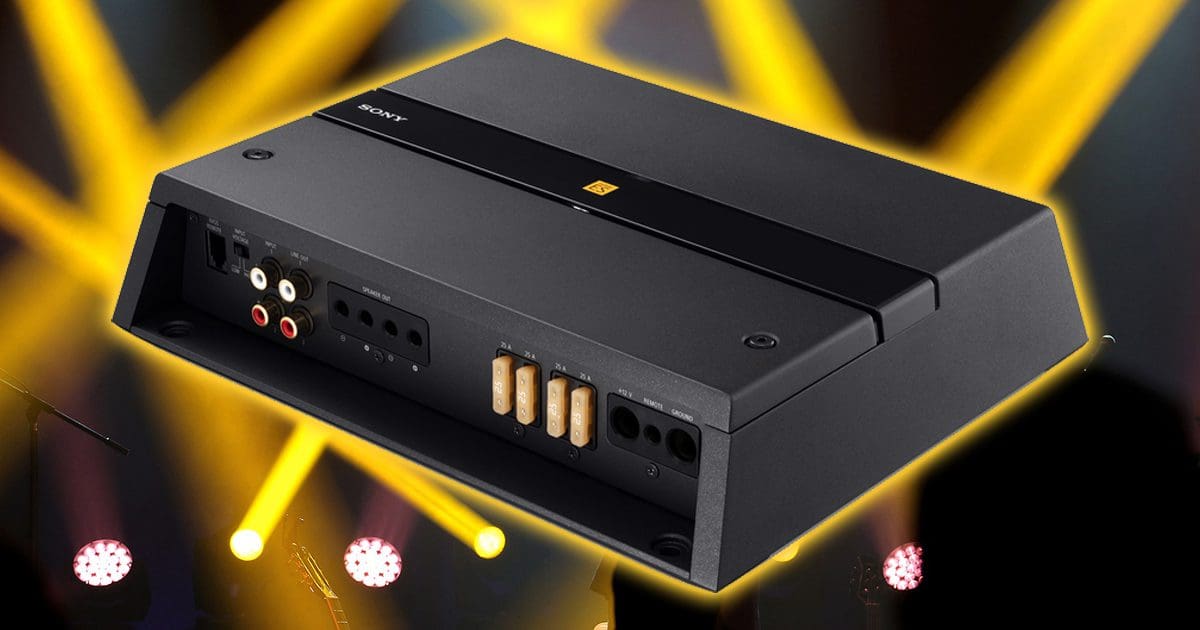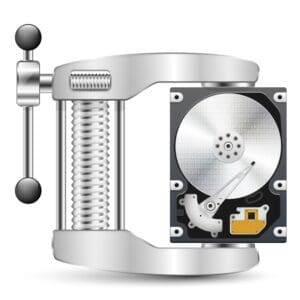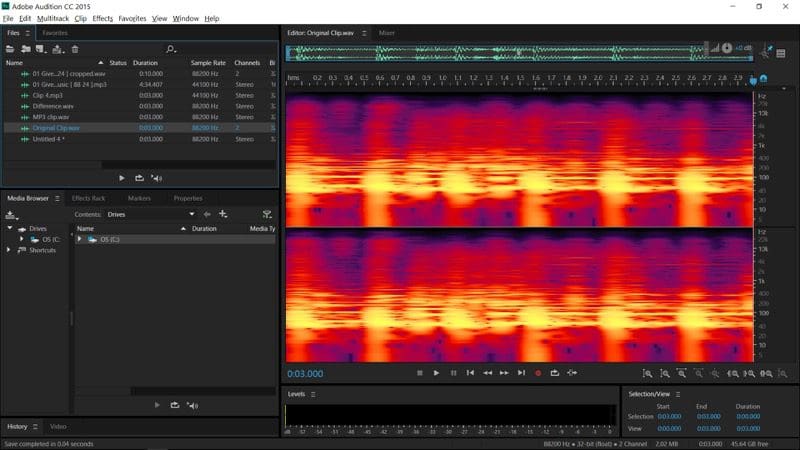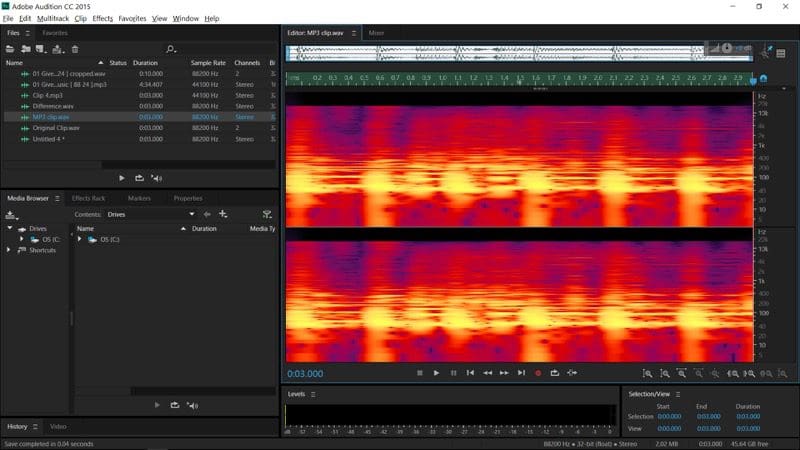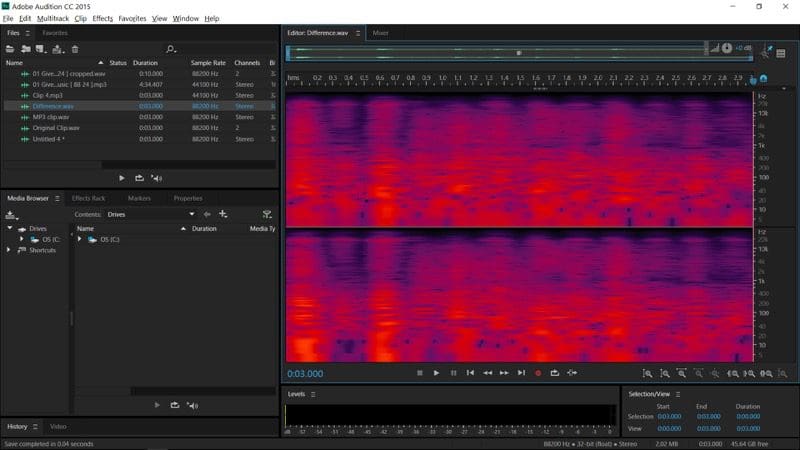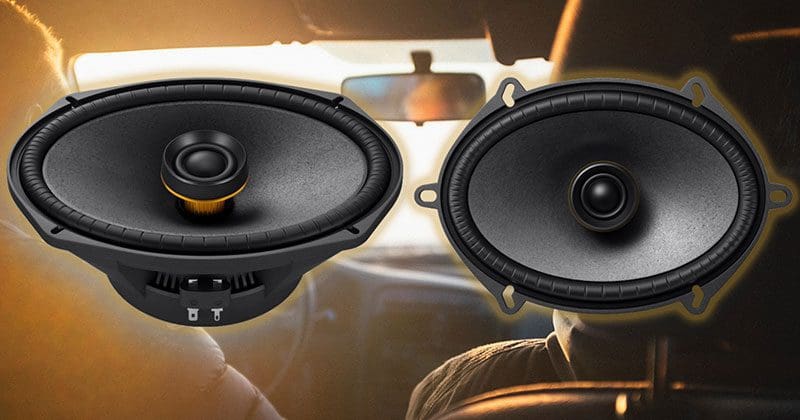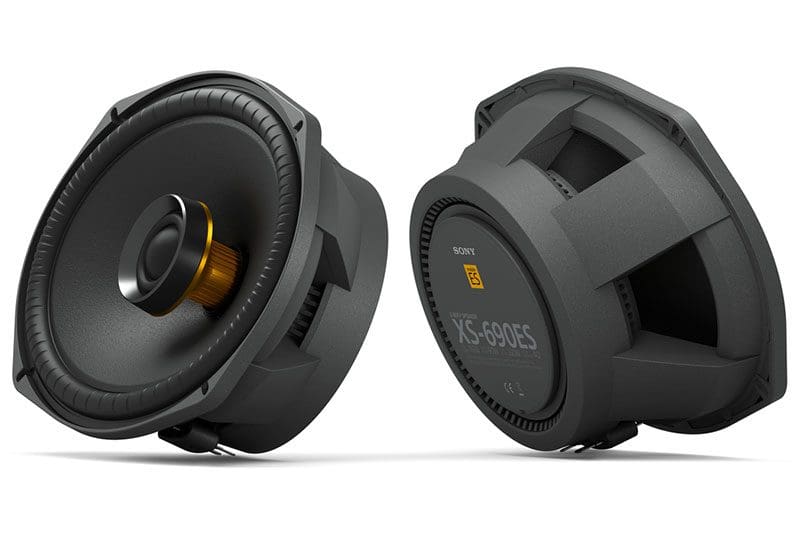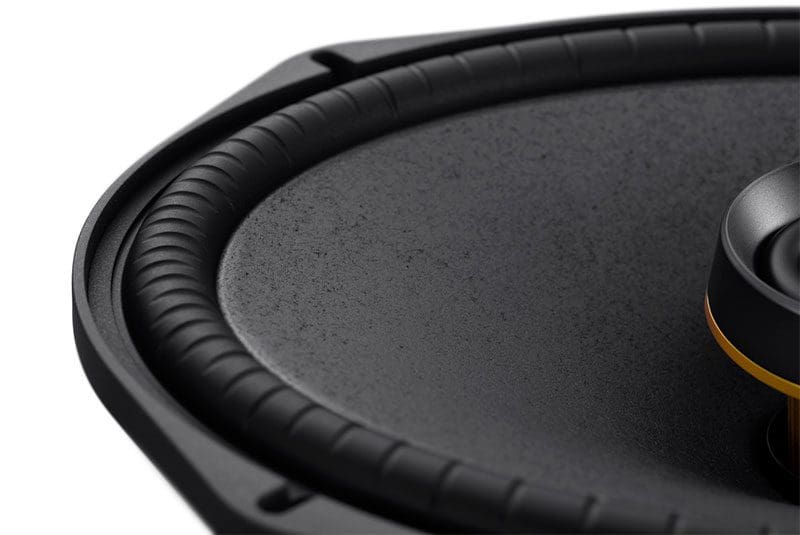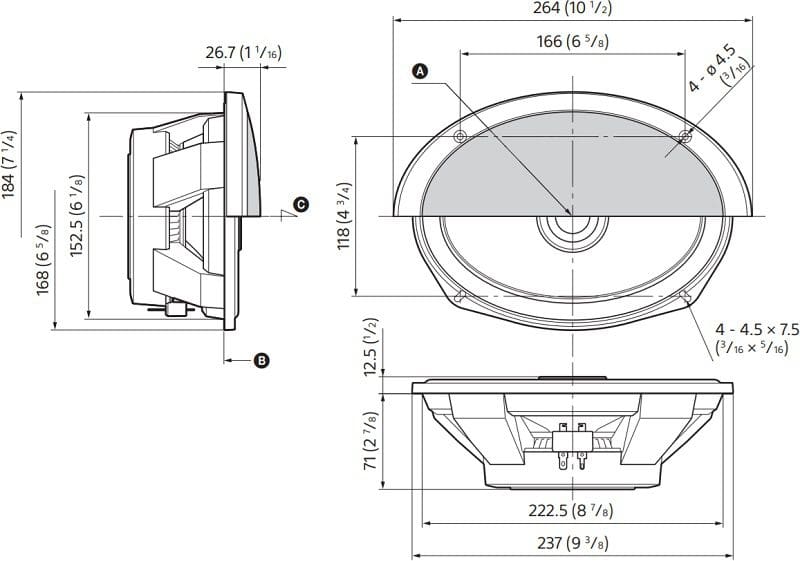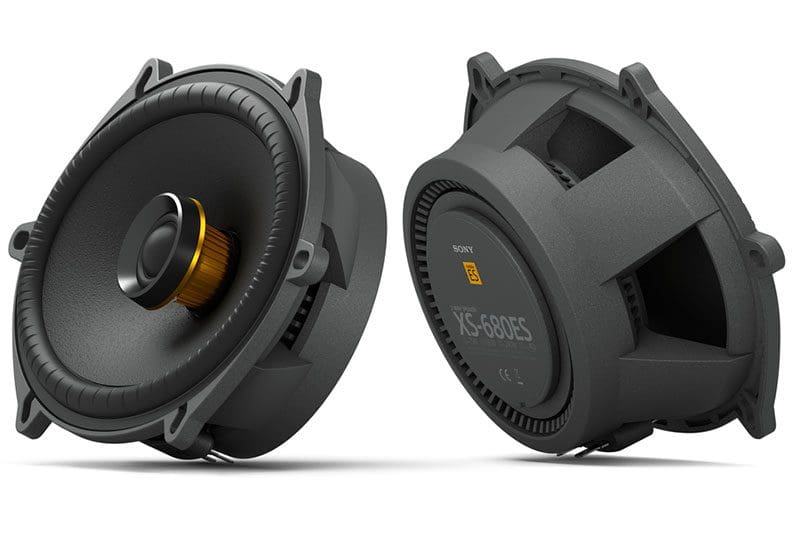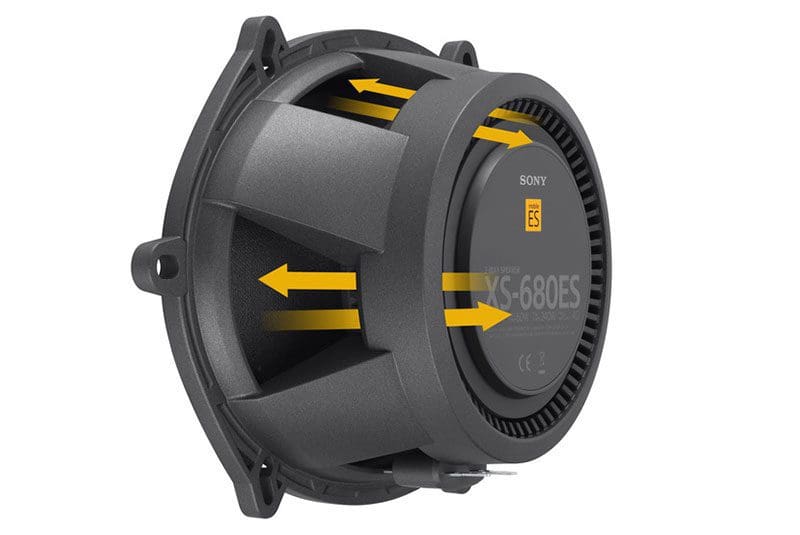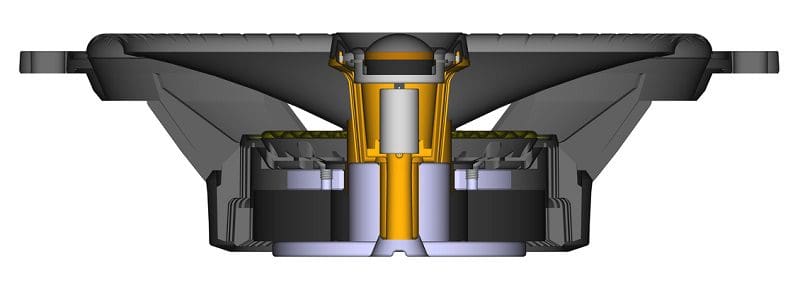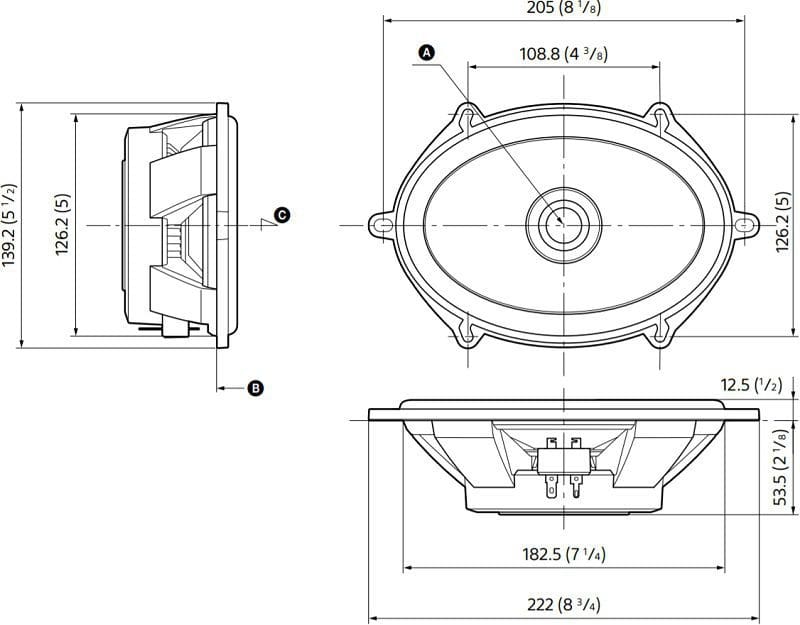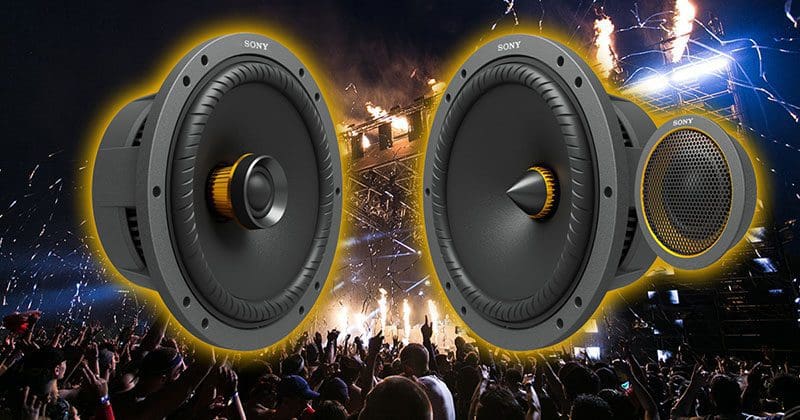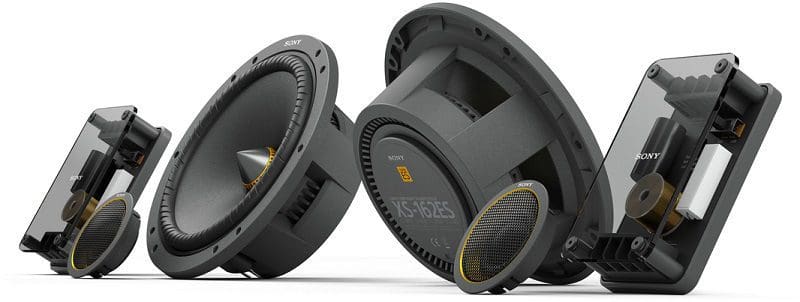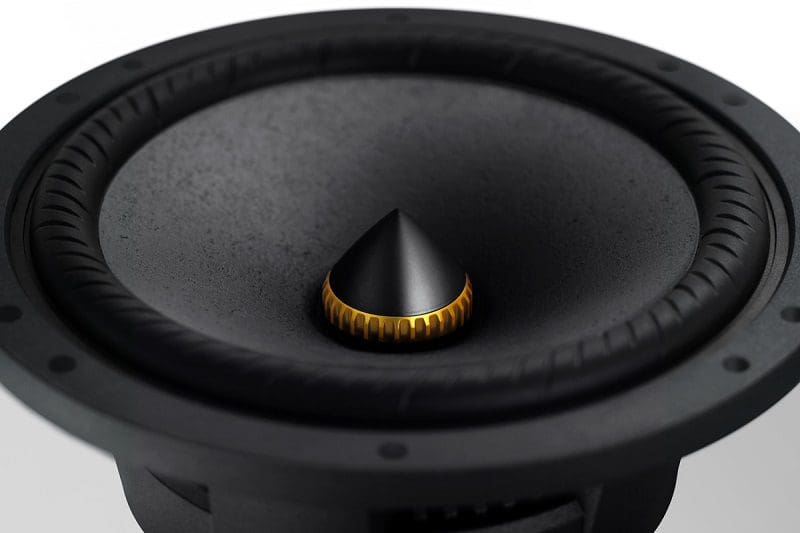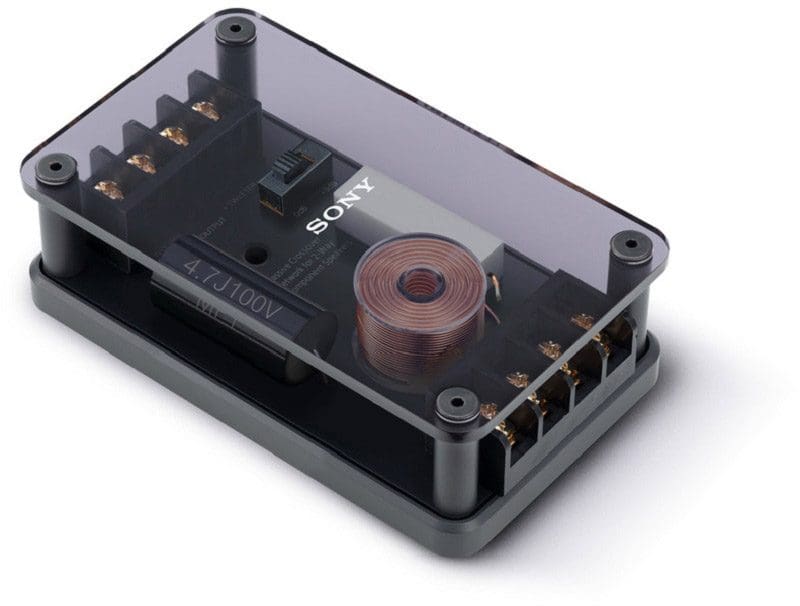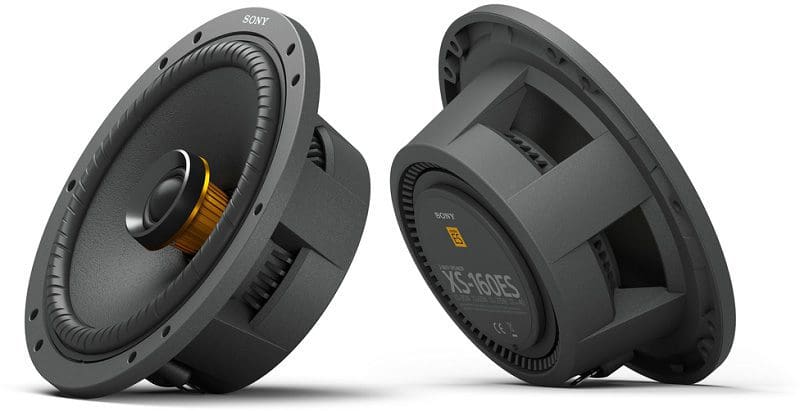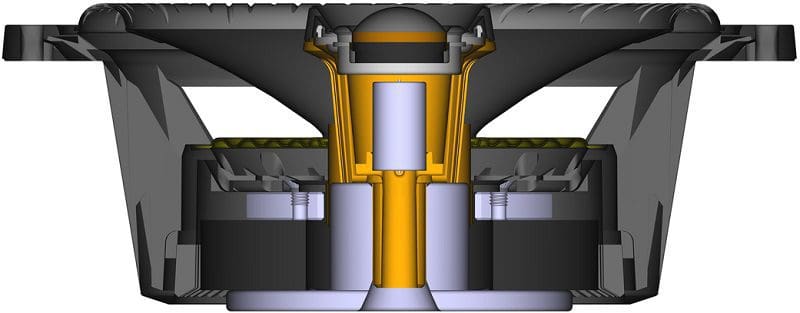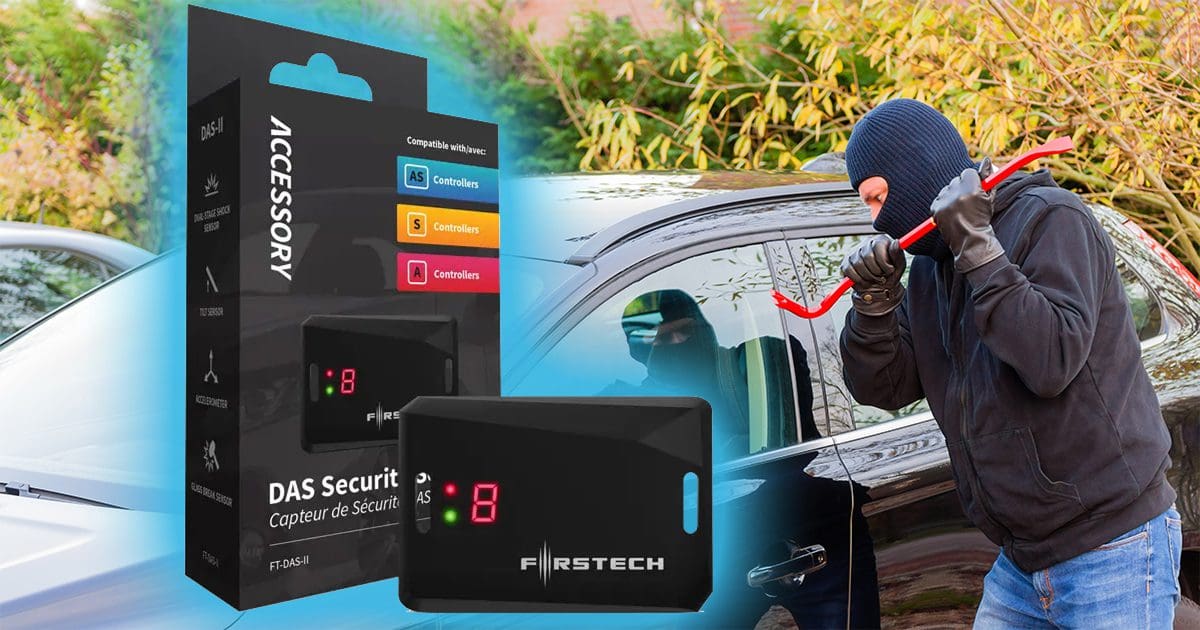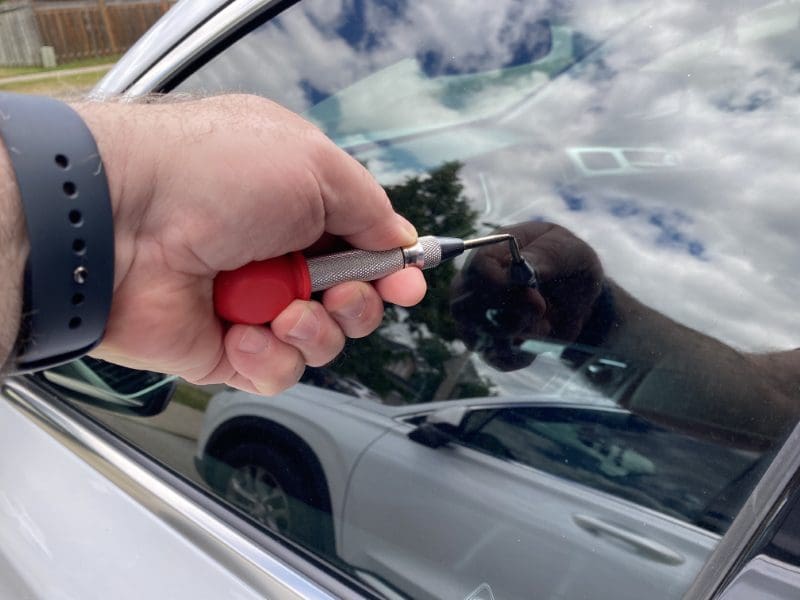The team here at BestCarAudio.com has been privileged to follow the introduction of new, high-performance car audio components in the Sony Mobile ES line. From their impressive speakers and subwoofers to the genuinely outstanding XAV-9500ES source unit, each solution has delivered exceptional performance and value. For 2022, Sony has added three amplifiers to the Mobile ES line. The first model we’ll spotlight is the XM-1ES monoblock subwoofer amplifier. Let’s dig in!
Sony Mobile ES XM-1ES Amplifier Specifications
The XM-1ES is a monoblock car audio amplifier designed to power subwoofers with up to 1,000 watts of power. Specifically, Sony rates the amp as capable of producing 600 watts of power into a 4-ohm load with specifications that fall under the CTA-2006-C guidelines for noise, distortion and supply voltage. When driving a 2-ohm load, power output increases to 1,000 watts while remaining under the 1% THD+N limit. Sony specs the distortion as being 0.05% or less at 100 Hz. Though it’s uber-geeky, I’m happy to see that the 77 dB signal-to-noise ratio specification is also CTA-compliant. Everyone at BestCarAudio.com is fanatical about proper specification qualifications, and Sony isn’t playing any games in this regard.
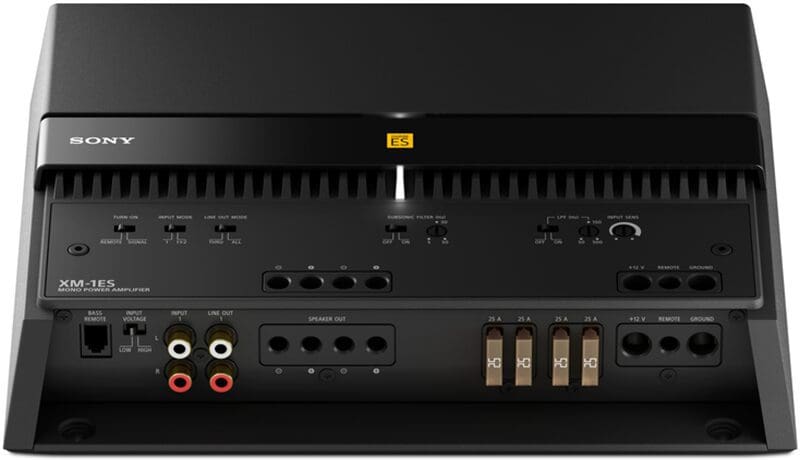
The amplifier measures 10.63 inches wide, 8.46 inches deep and 2.36 inches tall. This is small enough to fit under the front seats of many vehicles or in a storage compartment under the floor of a cargo area. Sony has done something unique with the chassis and bottom-plate design of the XM-1ES that I’ve never seen from any other amplifier manufacturer. The high-mass cast-aluminum extrusion has been optimized for a resonant frequency that is well out of the region where most of the vibration energy from the vehicle and subwoofer system occurs. This will contribute to product reliability and could easily improve the amplifier’s sonic performance. It’s also worth noting that the center trim panel on the top of the amp can be rotated 180 degrees, so the Mobile ES logo aligns cosmetically with your installation. This is impressive attention to detail.
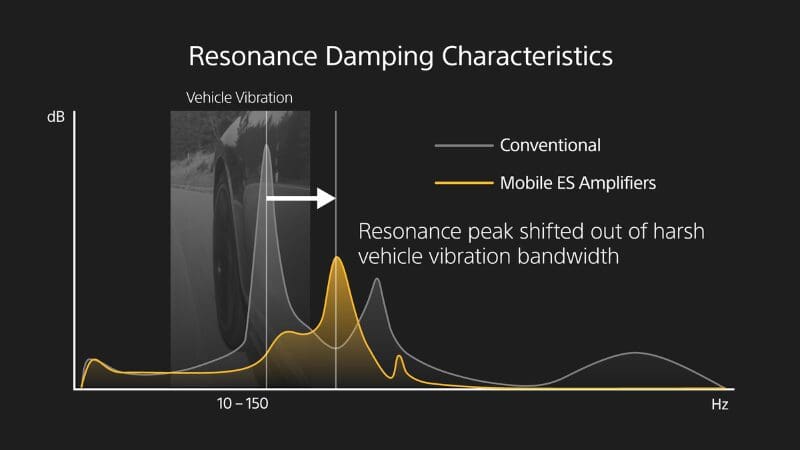
In terms of electrical connections, all signal, power and speaker terminals are along the front edge of the amplifier. All the speaker and power connections are made via heavy-duty terminal blocks with hex-head set screws accessible from the top of the amp. Even better, the same size hex key is used for every screw on the amplifier, from the top trim cover to the beefy 1/0 gauge power terminals. Fuses, the connection for the very handsome remote level control and an input voltage selection switch round out the end panel features.
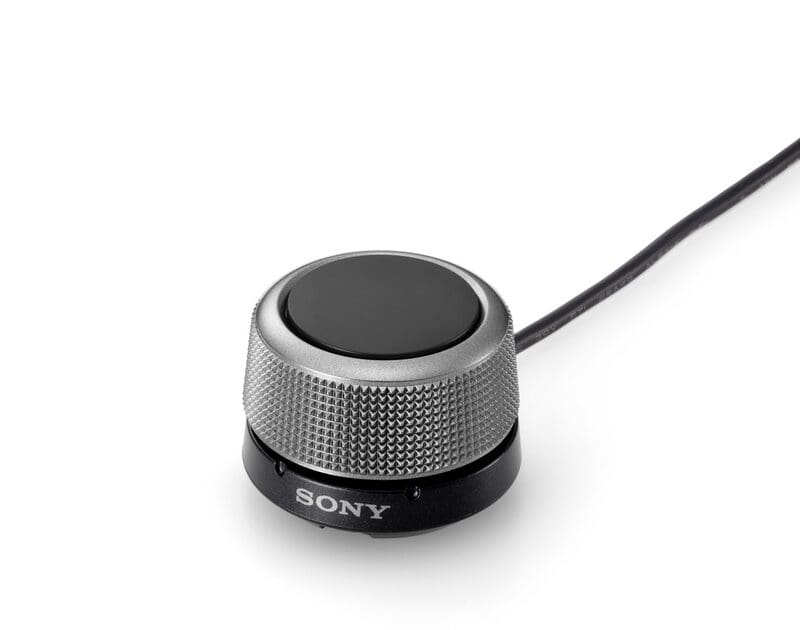
Removing two screws on top of the amp gives your installer access to the amplifier’s configuration settings and controls. RCA input jacks will accept 0.2 to 8V in low-voltage mode and 3 to 16 volts in high-level mode. This switch implies that the inputs on the amp feature a differential design that will help eliminate the presence of induced noise. The low-pass crossover is adjustable from 50 to 500 Hz and has a slope of -24 dB/octave.
The XM-1ES has remote signal detection turn-on capabilities when using the high-level input setting, so it can be used with a factory source unit without needing external hardware in most applications. The infrasonic filter is adjustable from 5 to 50 hertz with the same attenuation rate.
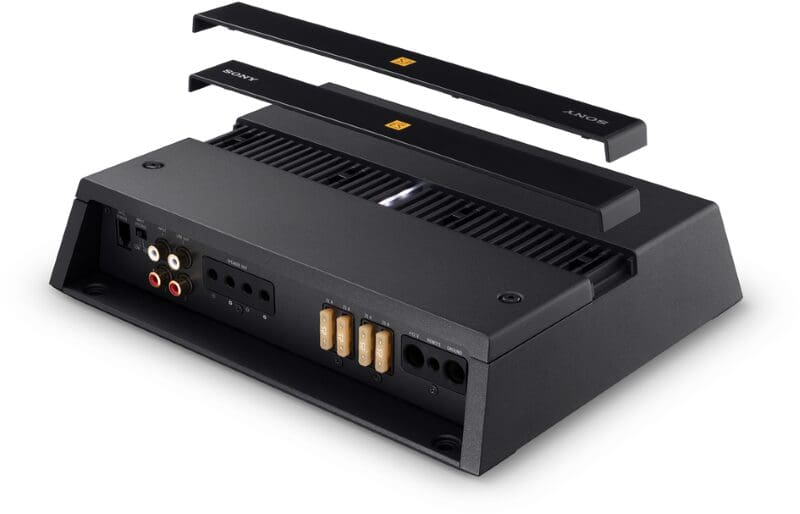
A look inside the amp shows a modern design, using surface-mount components almost exclusively. Surface-mount parts, which can be placed on the board robotically instead of by hand, offer exponentially better value to consumers. These parts also typically offer higher precision than their through-hole brethren. High-quality capacitors, shielded output filter chokes, lots of energy storage and good input filtering are clearly evident.
A small variable-speed fan in the back left corner helps ensure that the amp will continue to function reliably, even when installed in a space with limited ventilation. This durability is part of why Sony can back its Mobile ES amplifiers with a three-year manufacturer’s warranty.
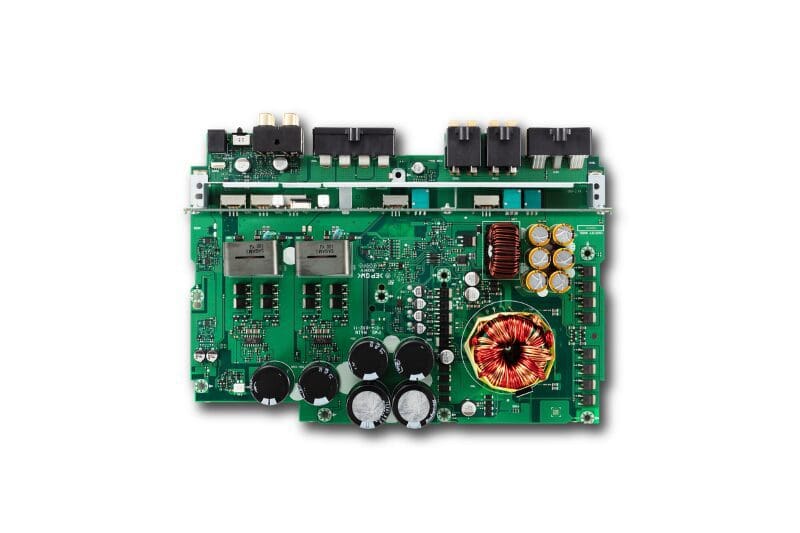
Check Out the Sony XM-1ES at Your Local Authorized Sony Retailer
We plan to get one of the new Sony XM-1ES amplifiers to our lab for a full BestCarAudio.com Test Drive Review shortly. If you’re shopping for a high-quality, full-featured subwoofer amplifier for your vehicle, visit your local authorized Sony Mobile ES retailer. You can learn more about this amp and its two brethren (the XM-4ES four-channel and XM-5ES five-channel) by visiting the Sony Mobile ES website, their Facebook page, Instagram feed or YouTube channel.
This article is written and produced by the team at www.BestCarAudio.com. Reproduction or use of any kind is prohibited without the express written permission of 1sixty8 media.
